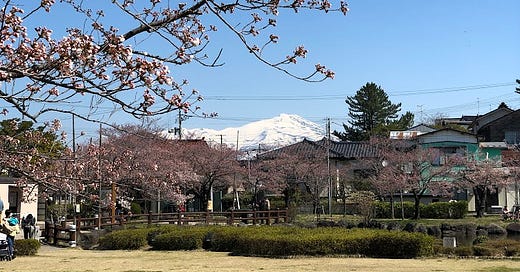Kia ora koutou. Tim Bunting the Kiwi Yamabushi here bringing you concepts, life advice, and hiking guides from the Japanese mountains.
Keep reading with a 7-day free trial
Subscribe to Kiwi Yamabushi to keep reading this post and get 7 days of free access to the full post archives.



